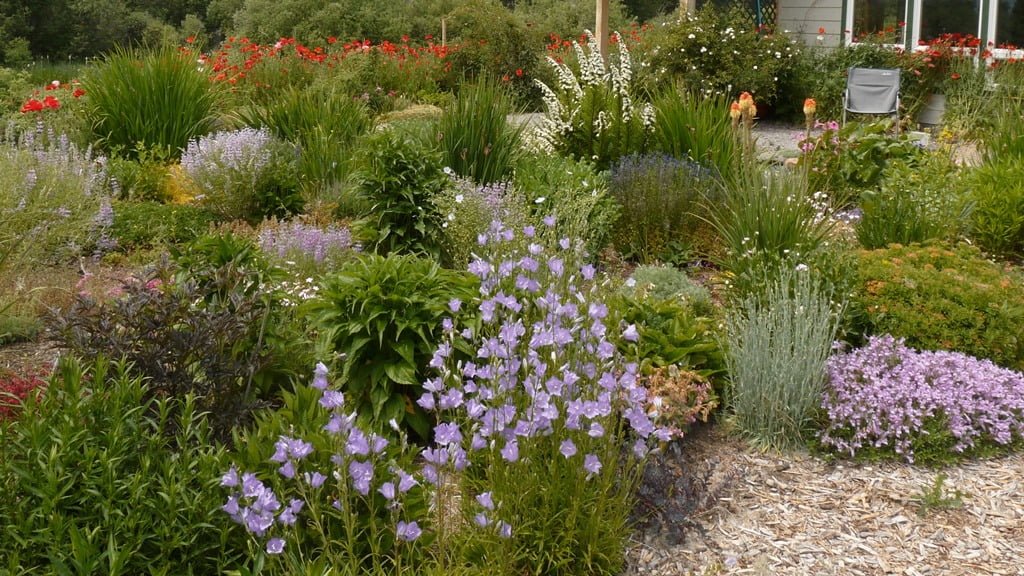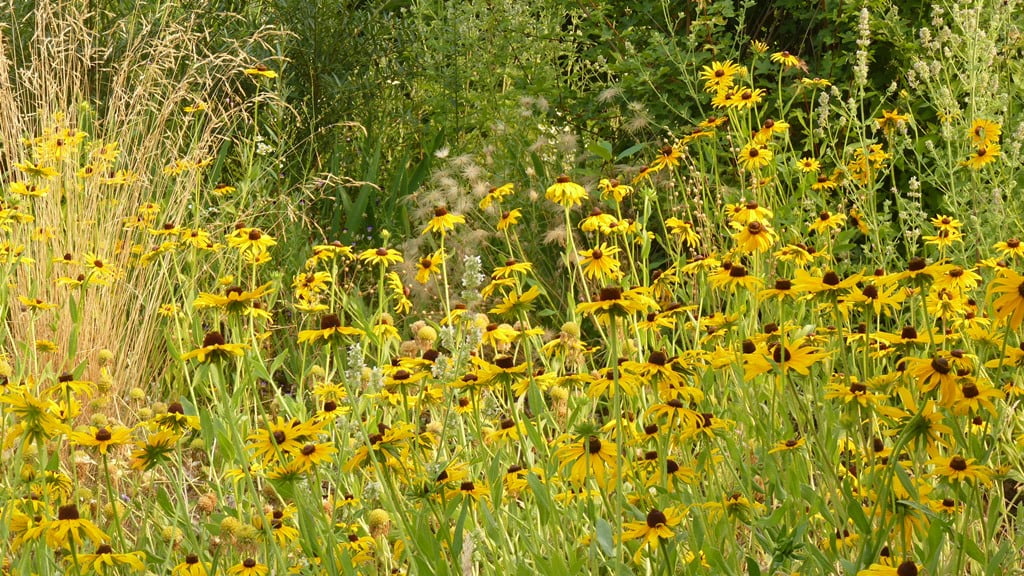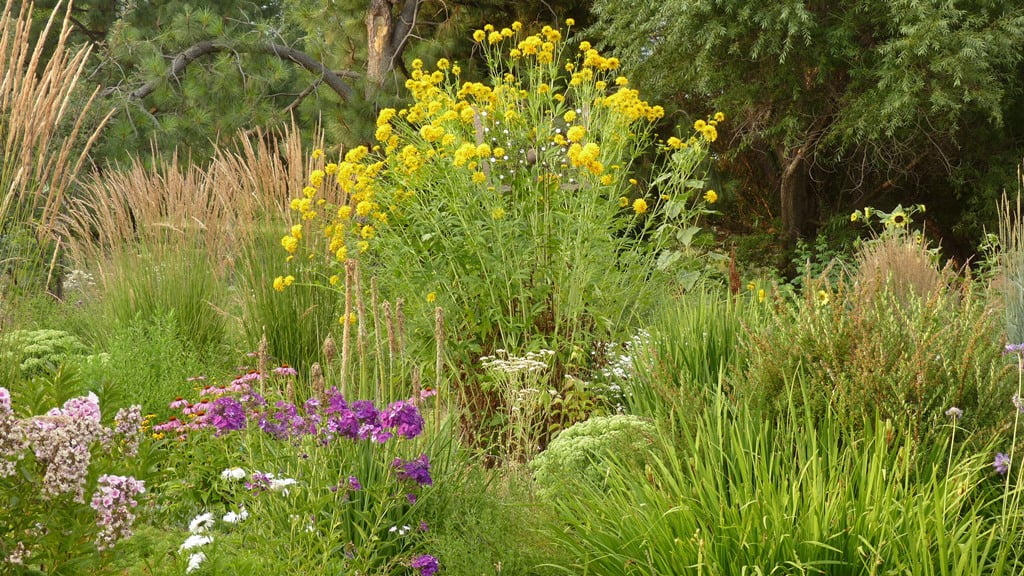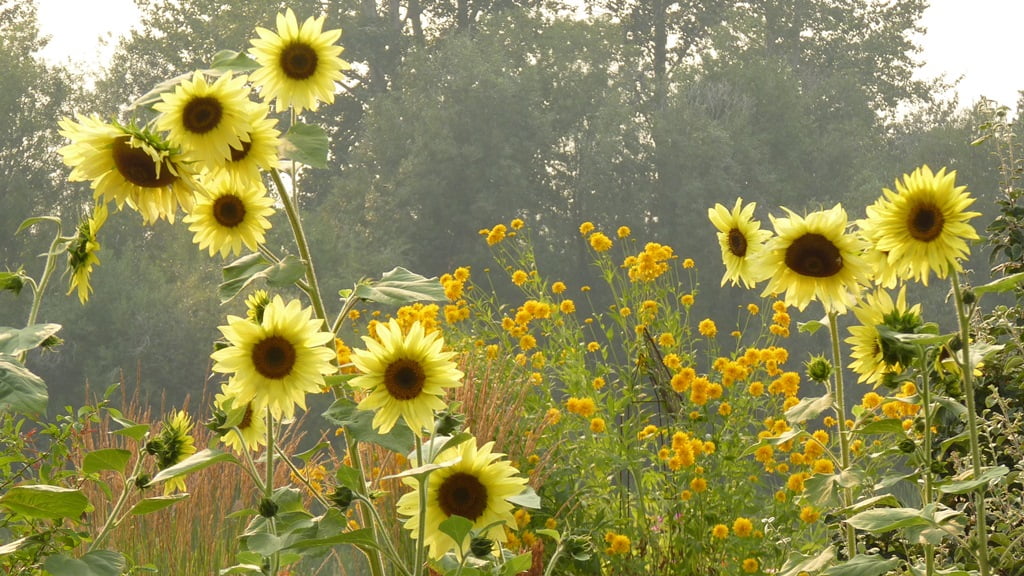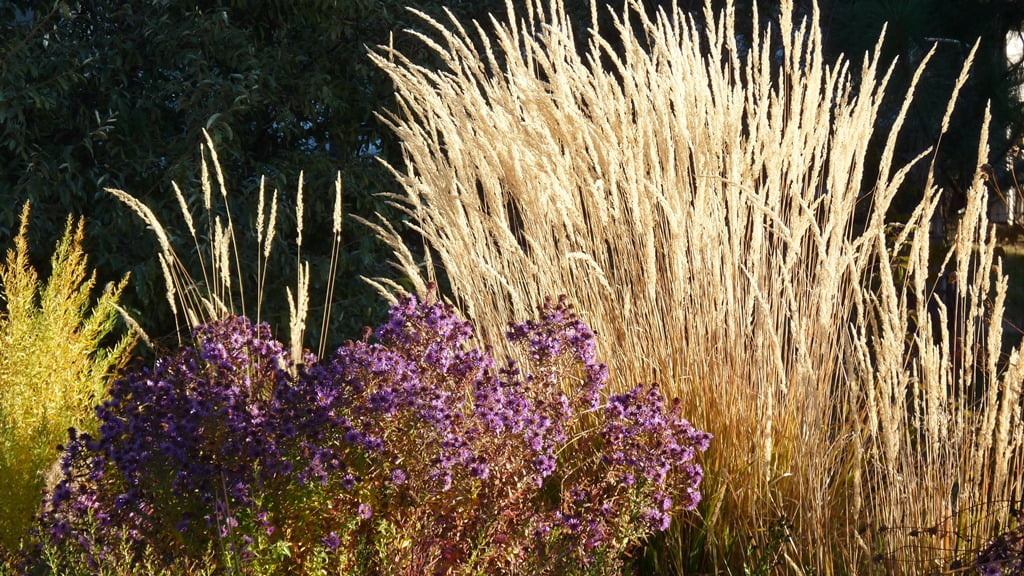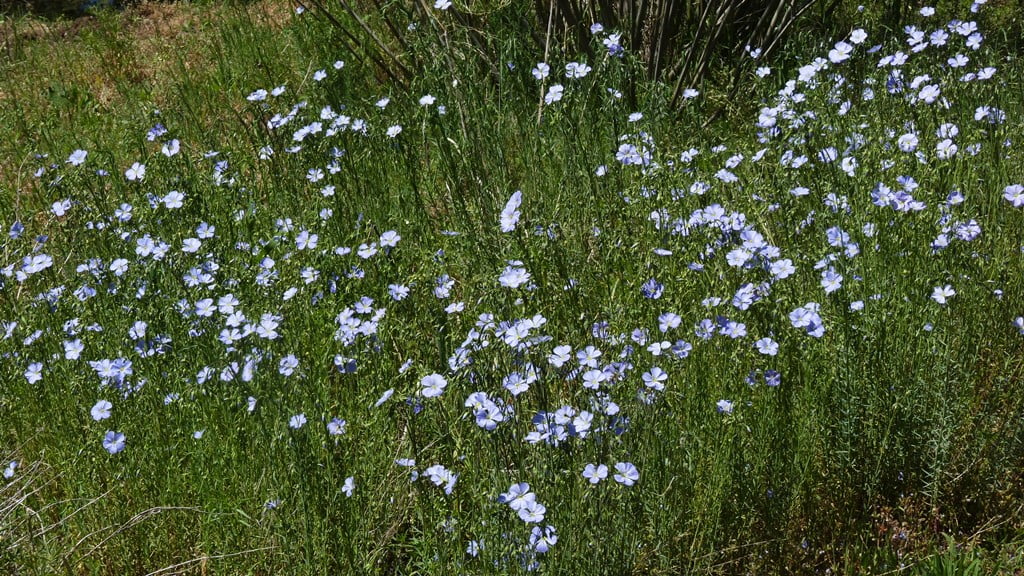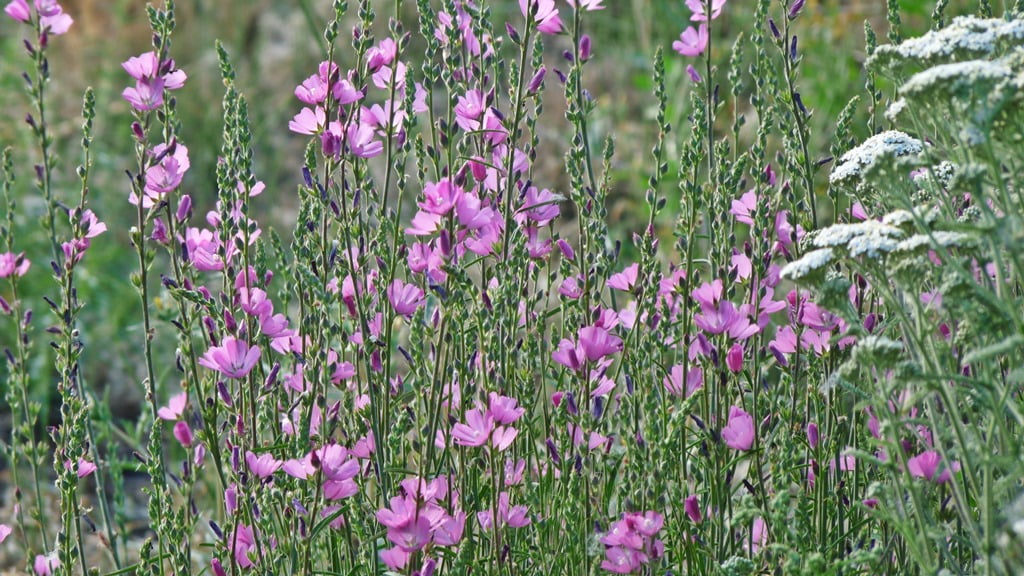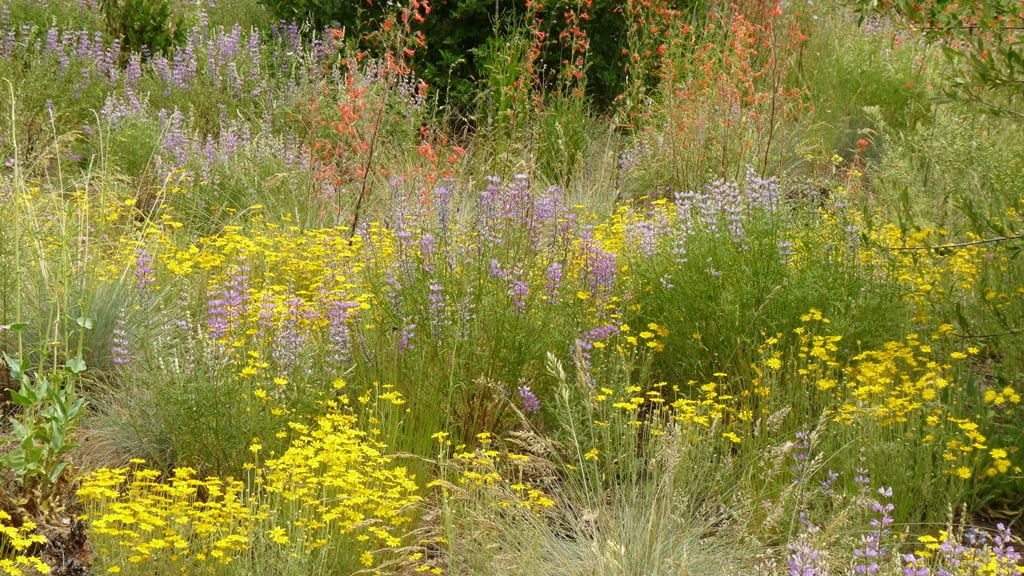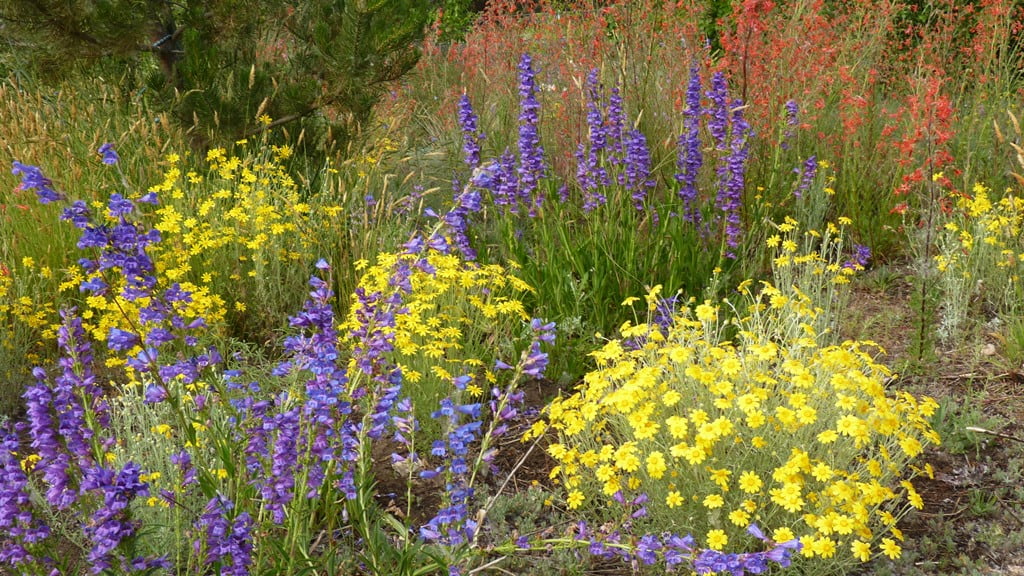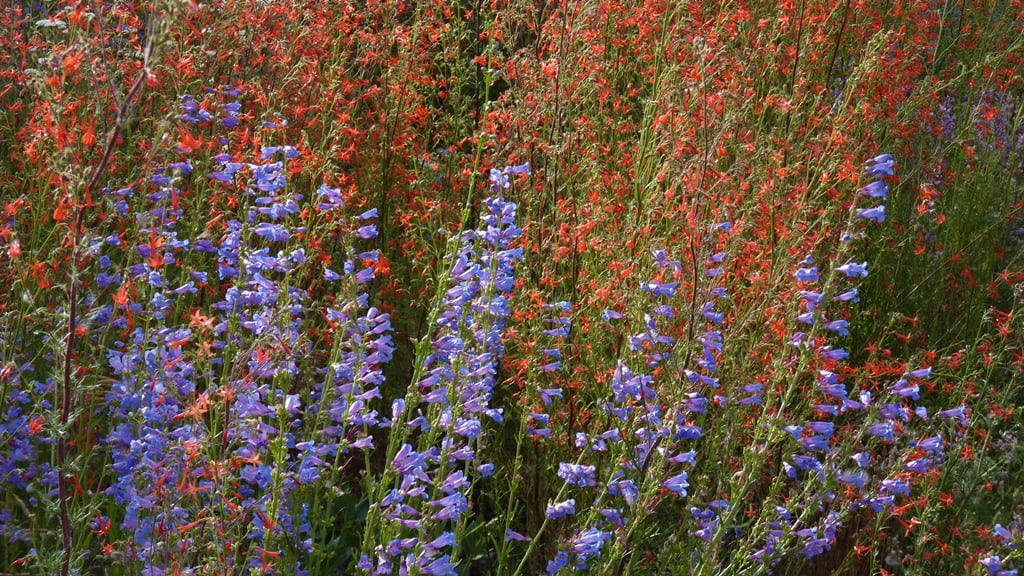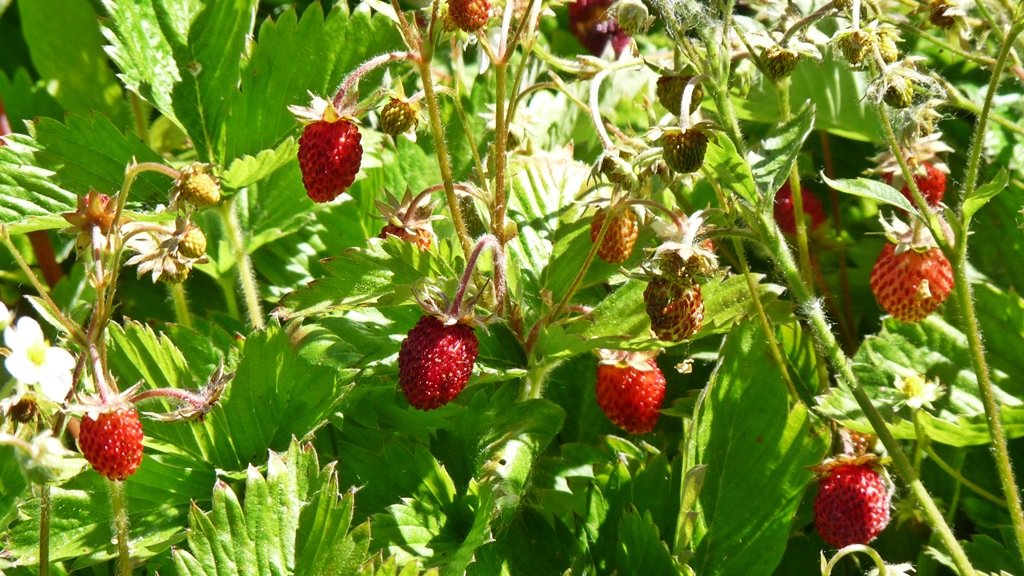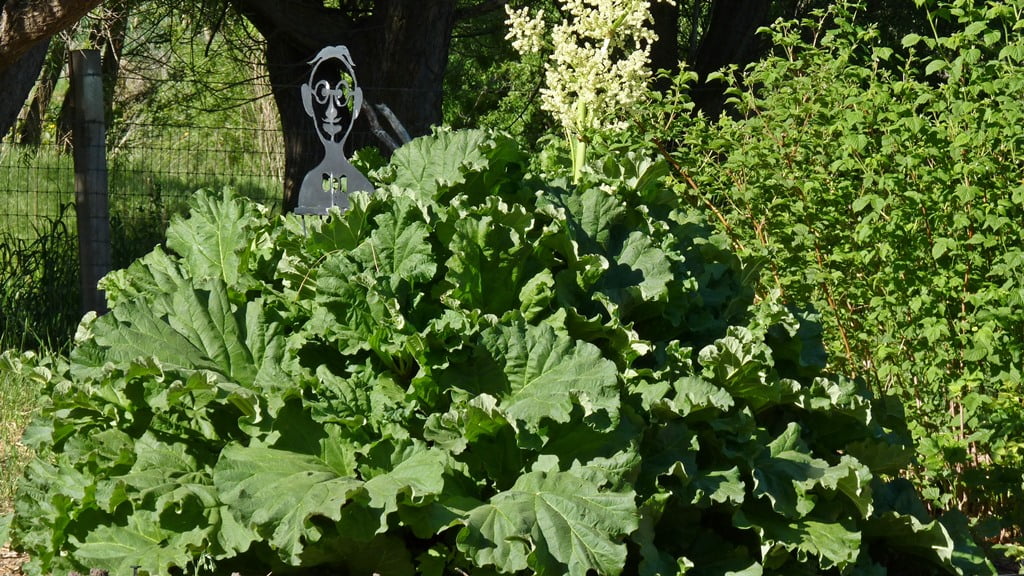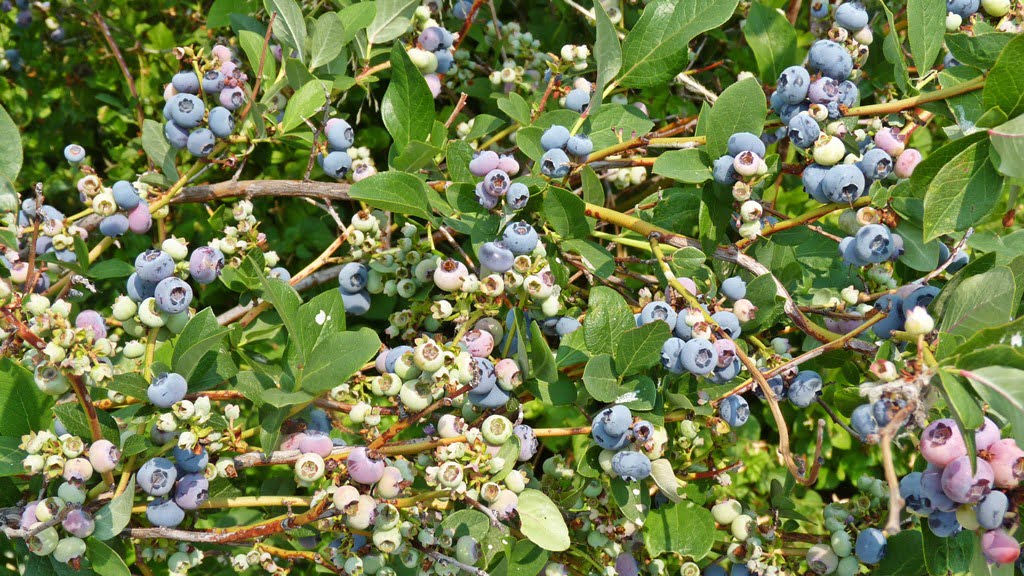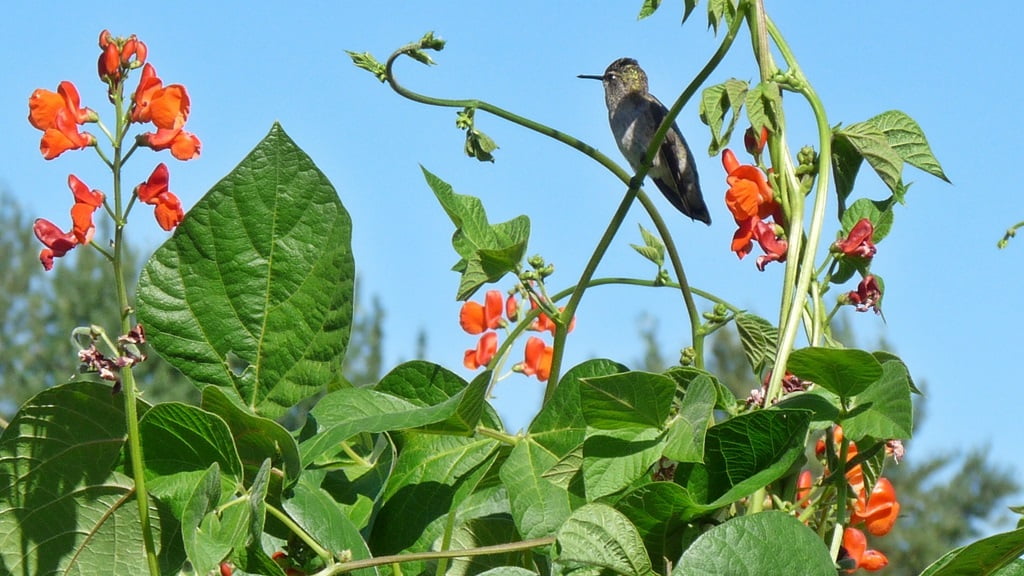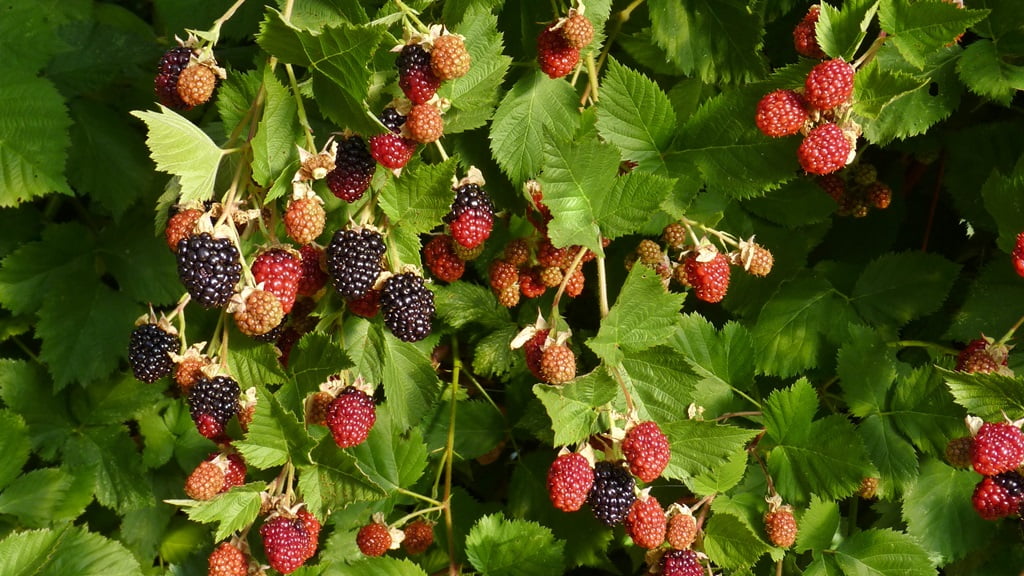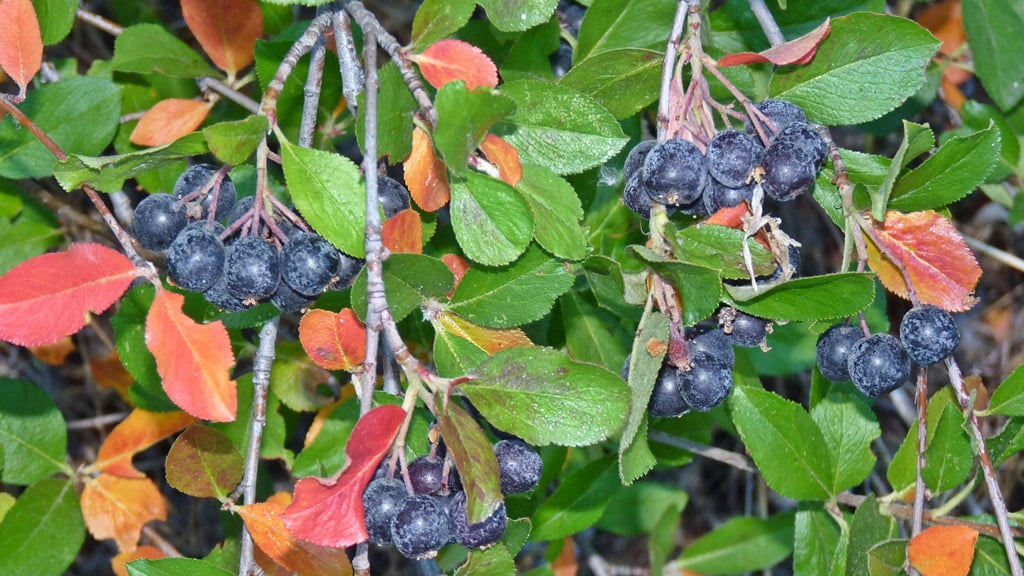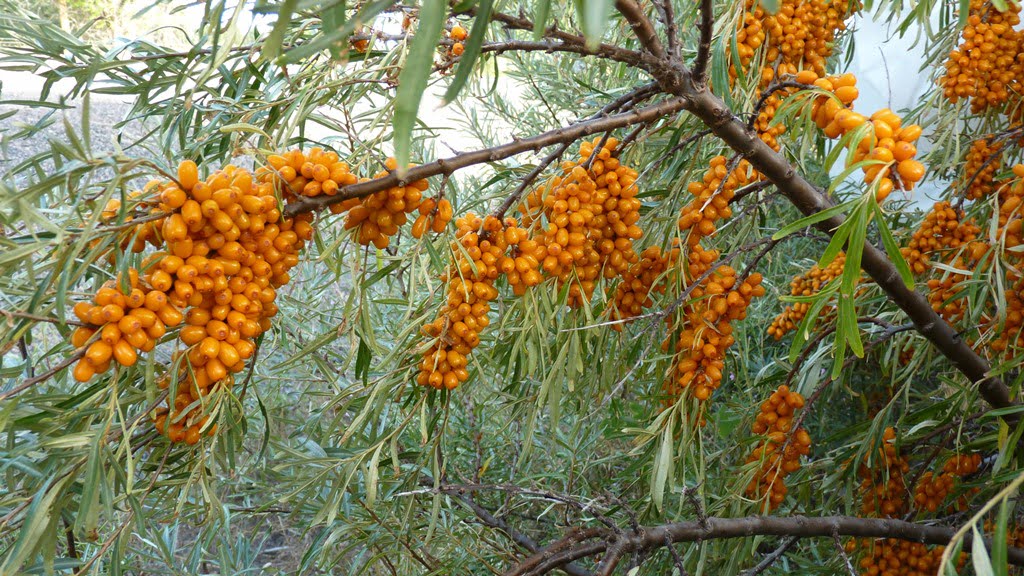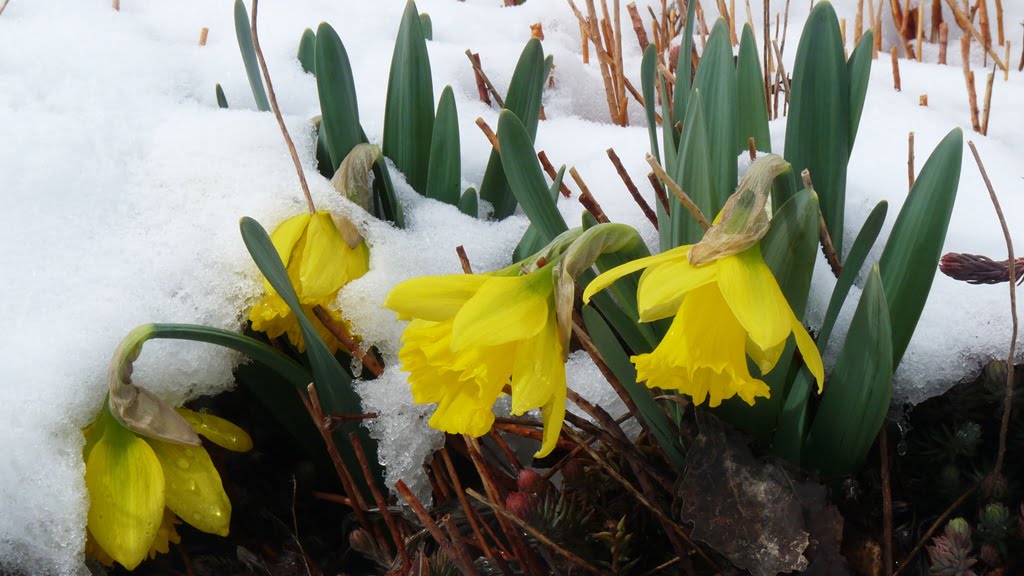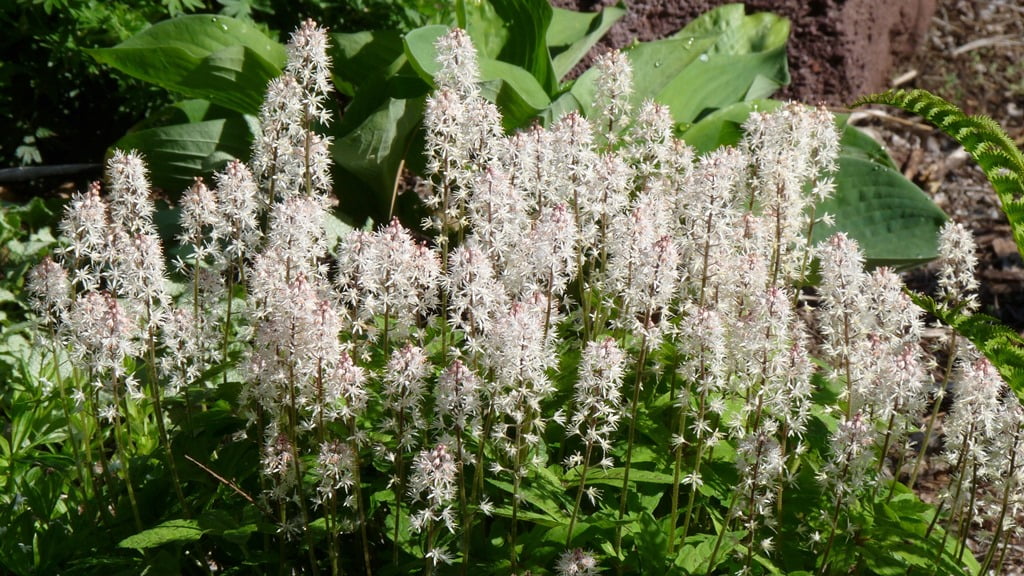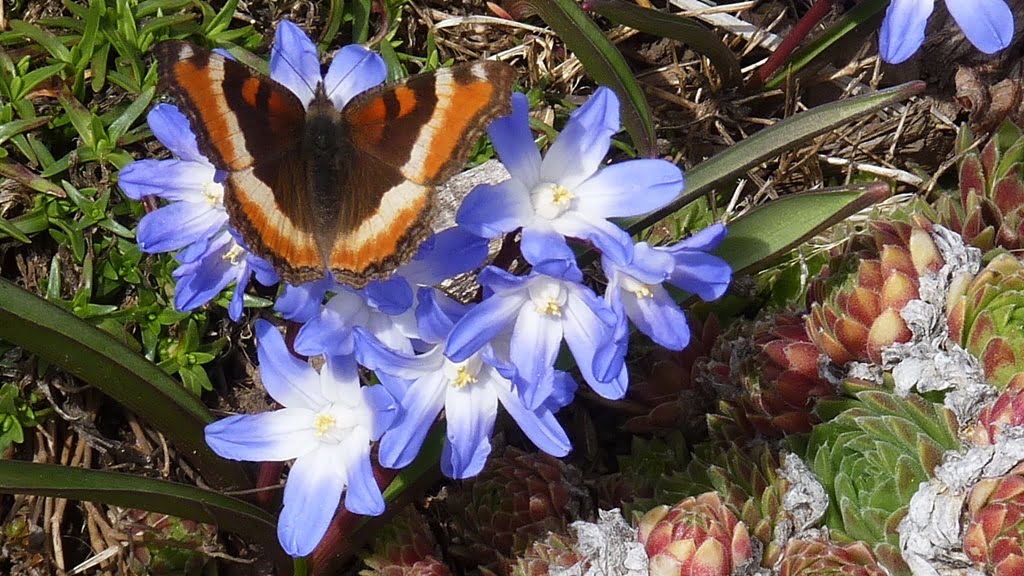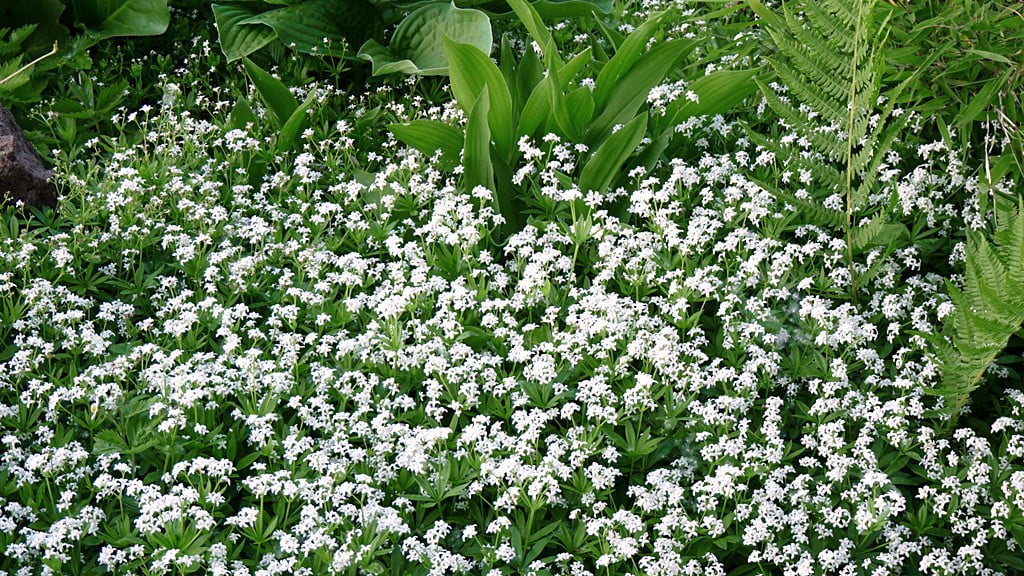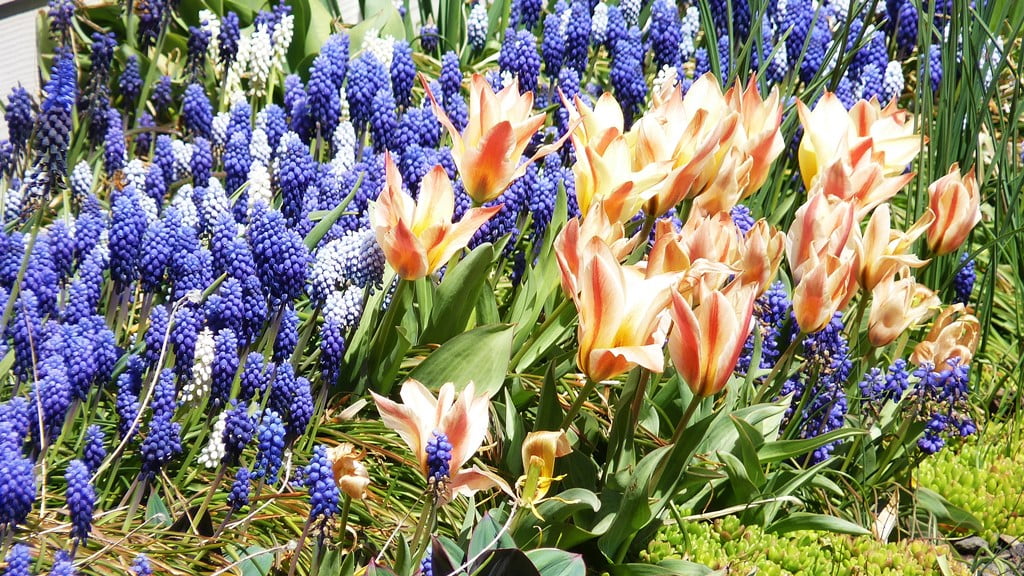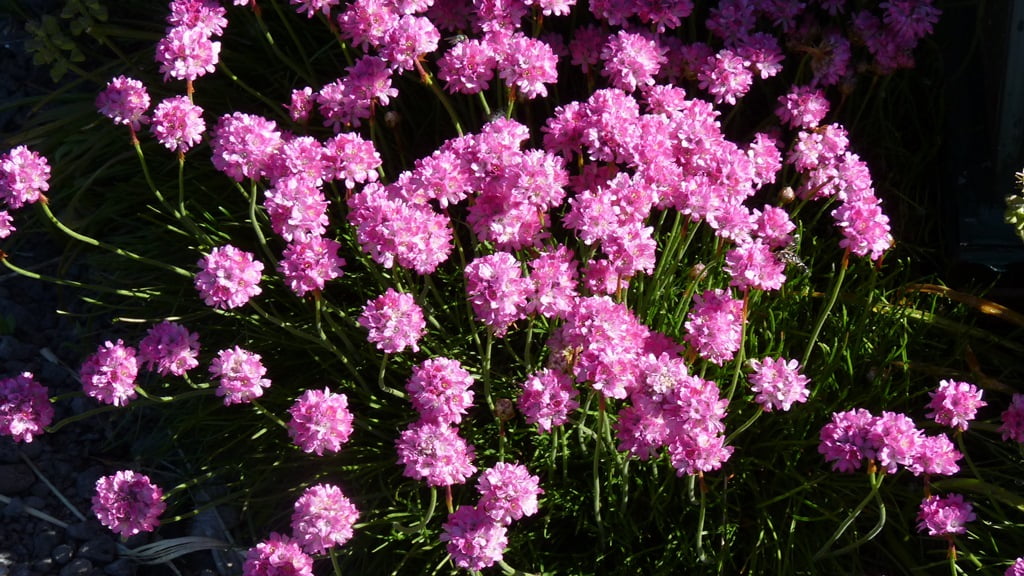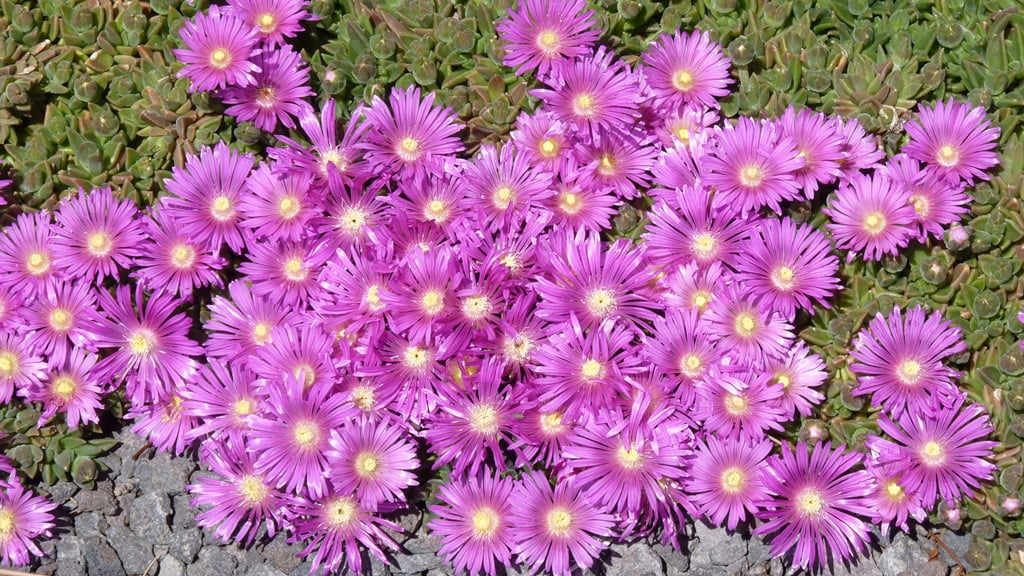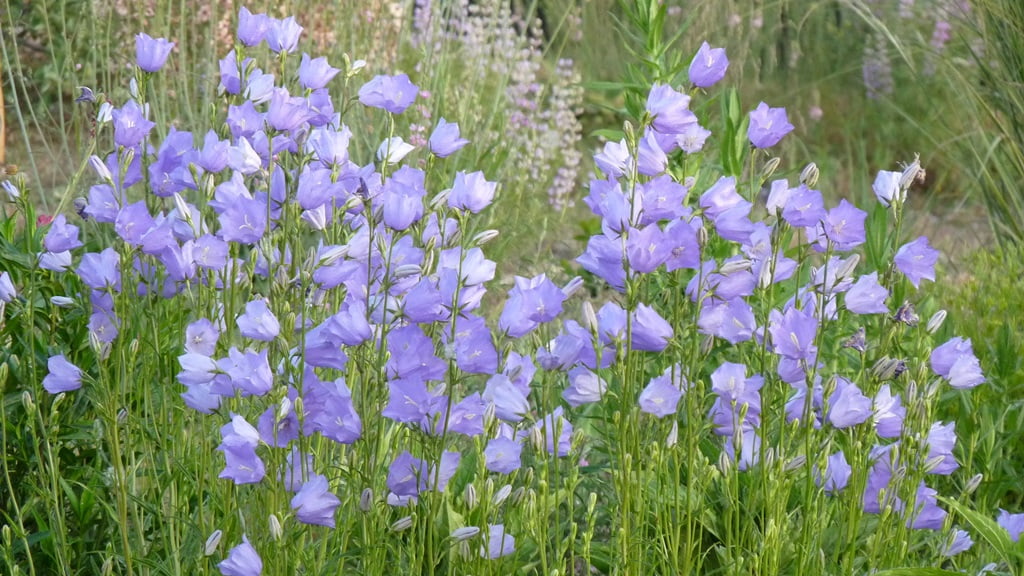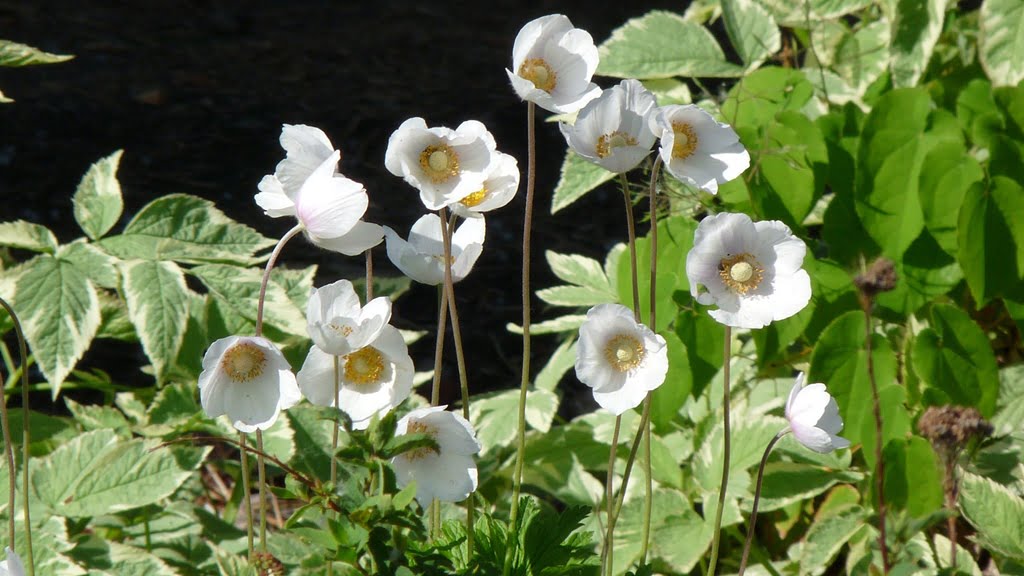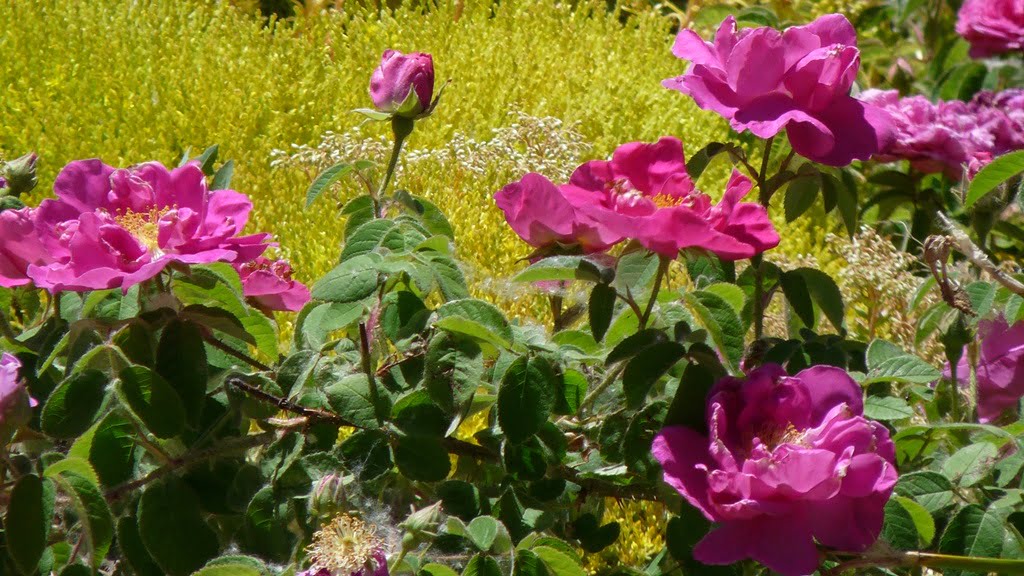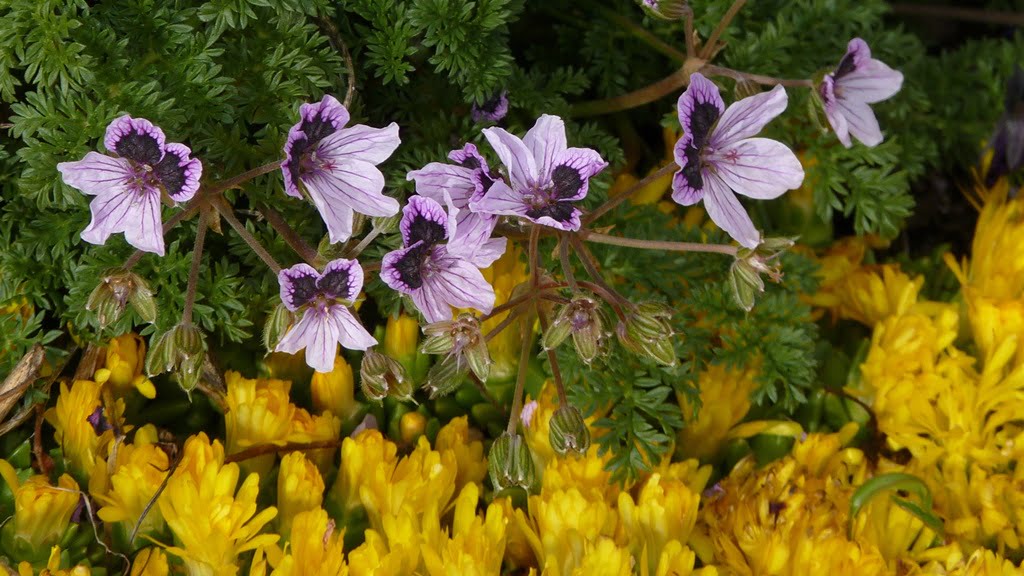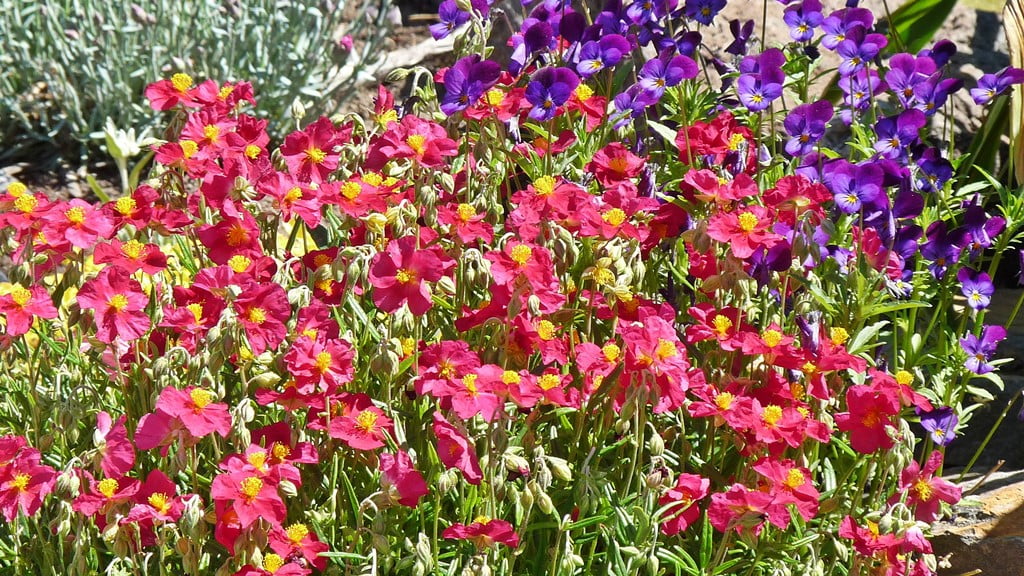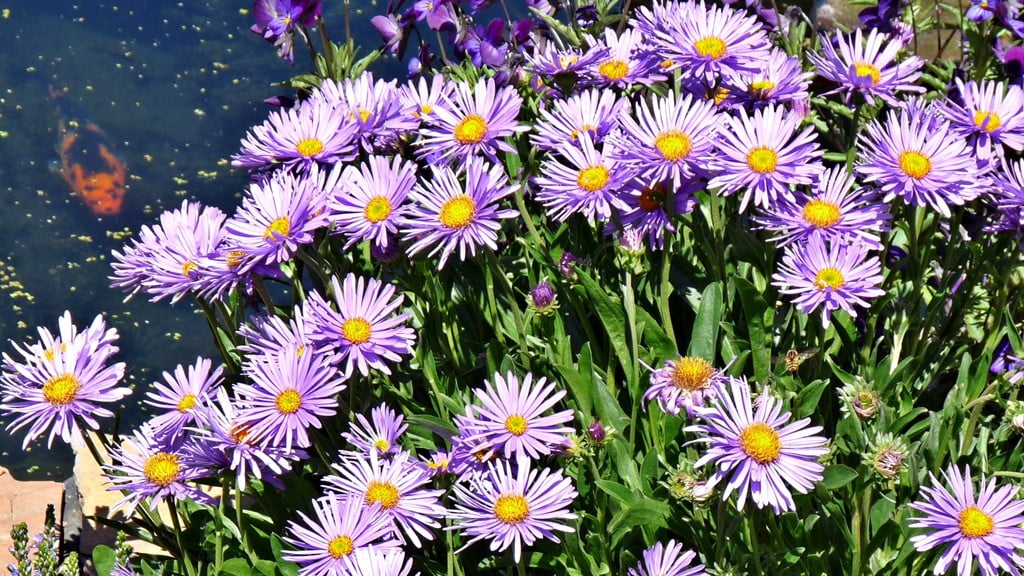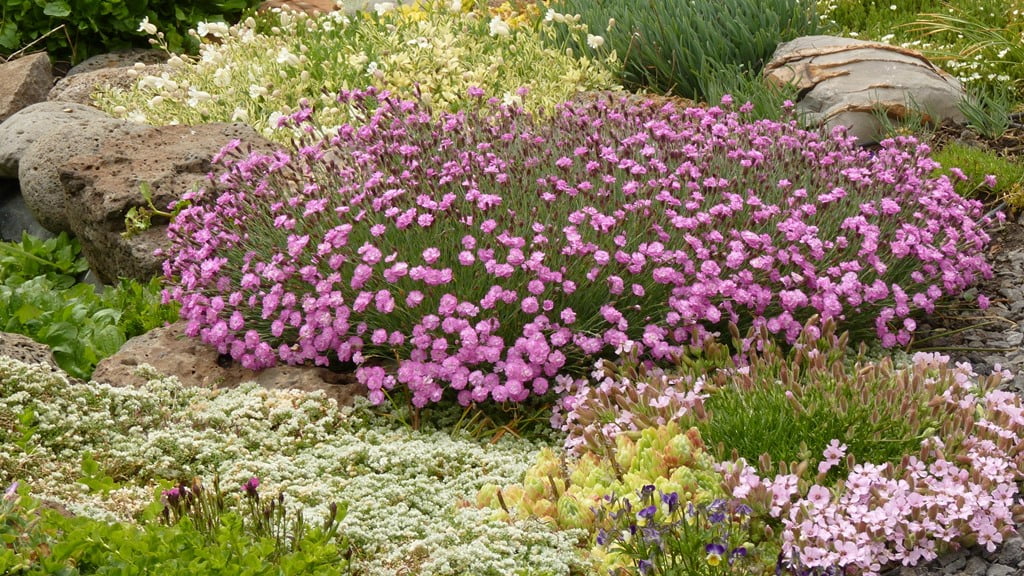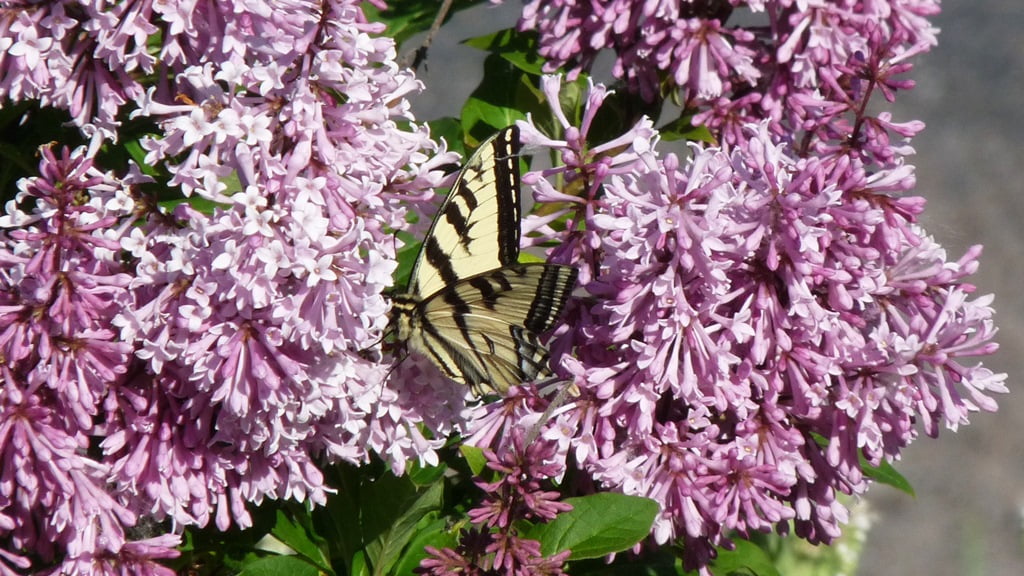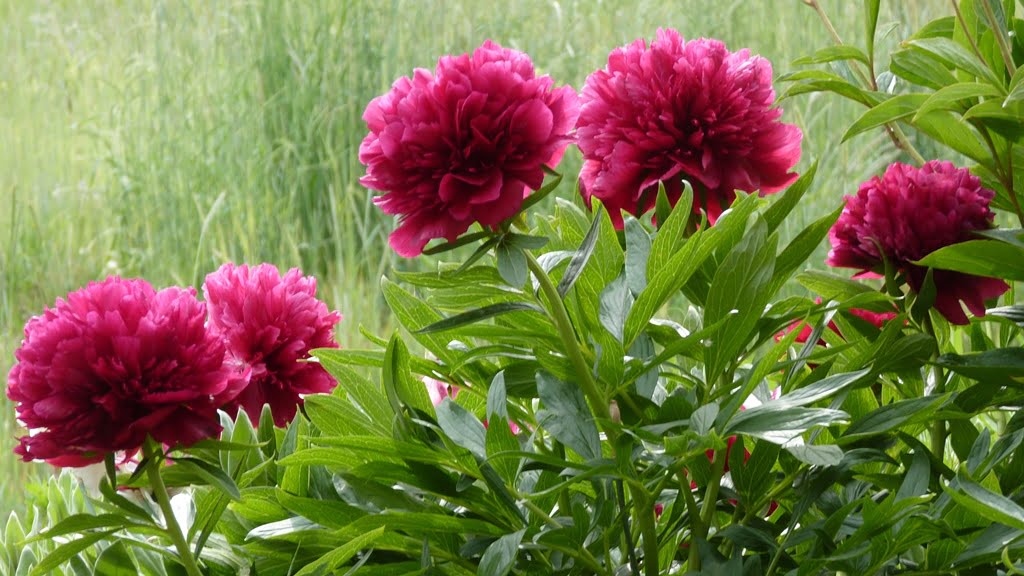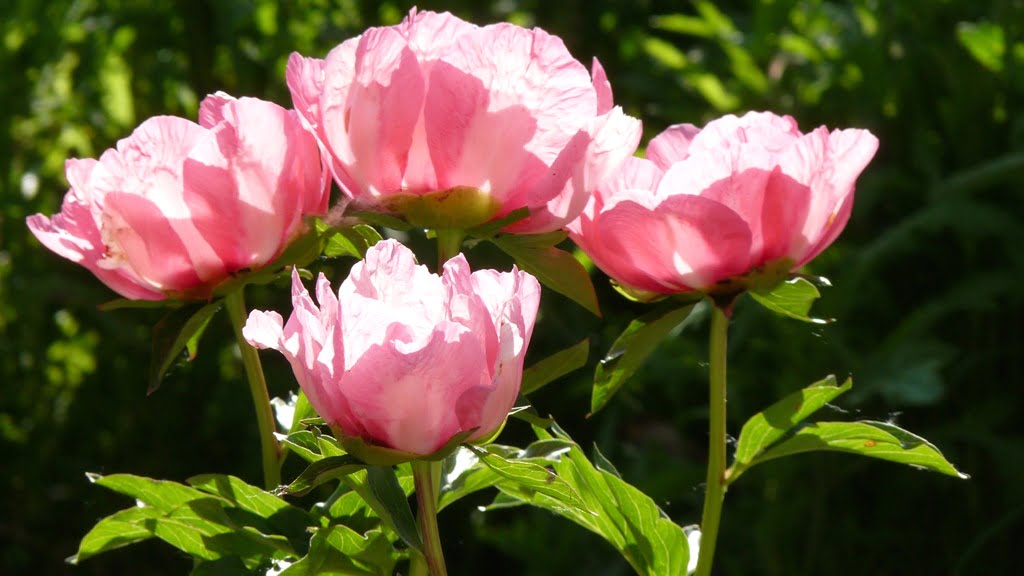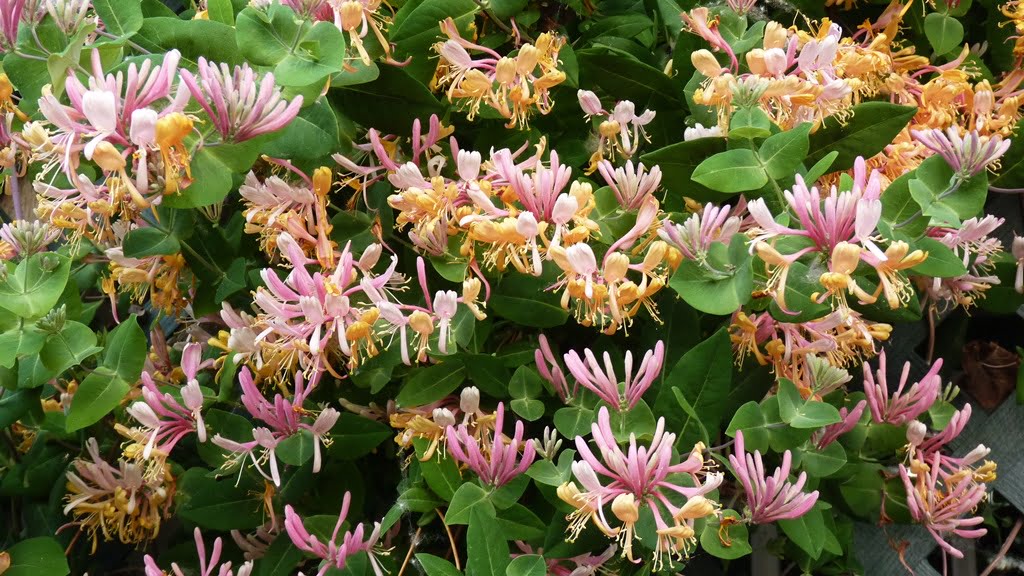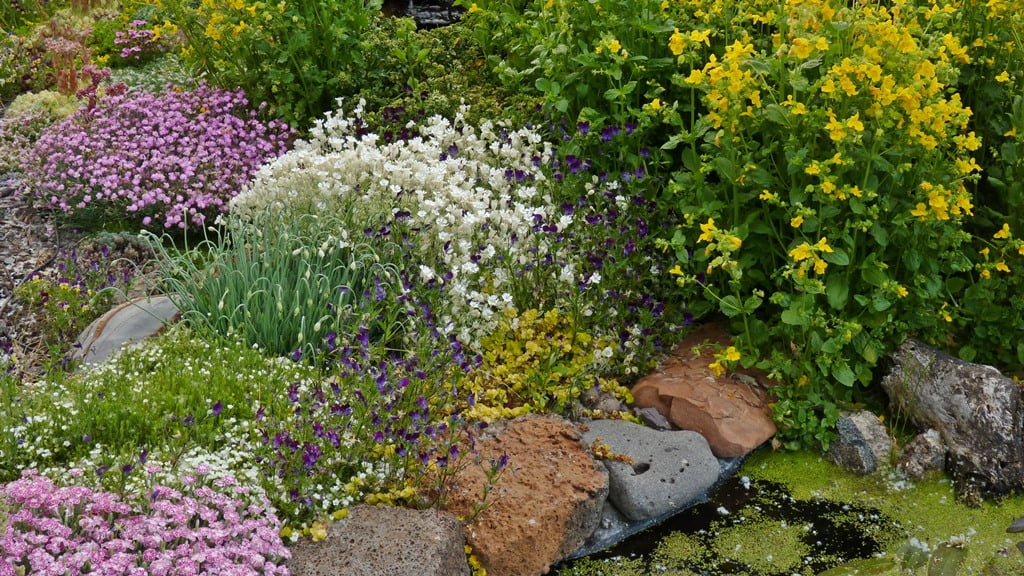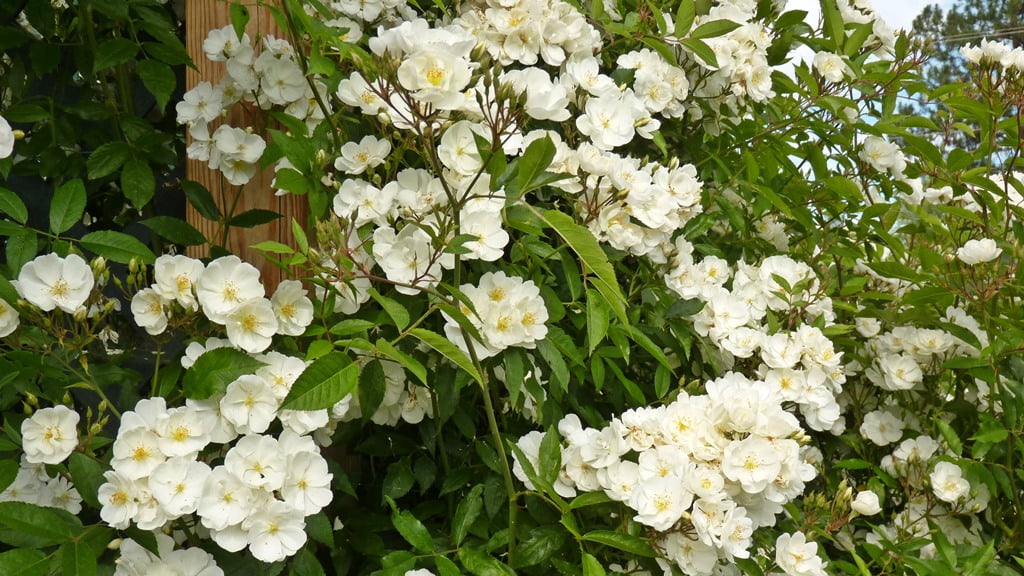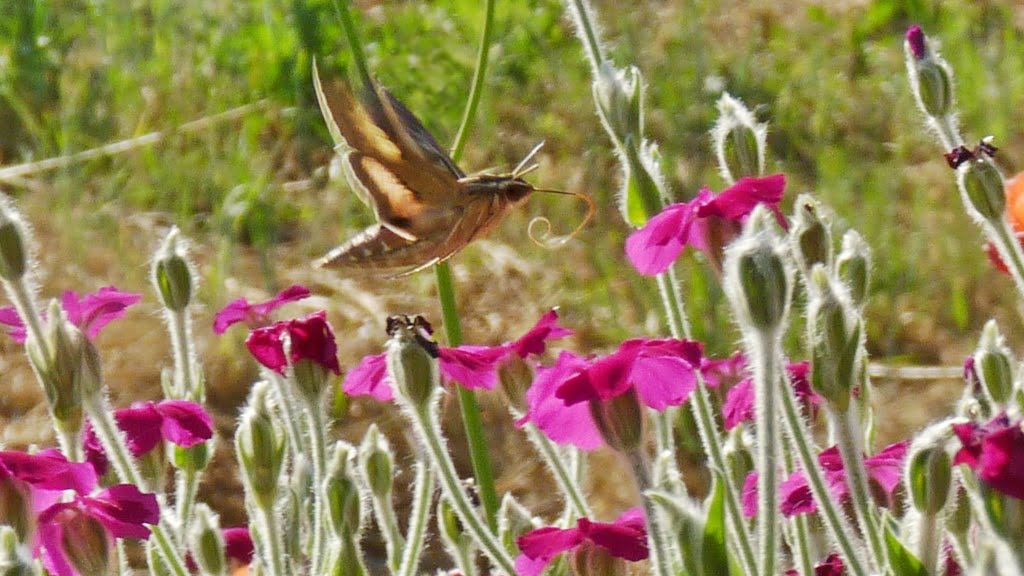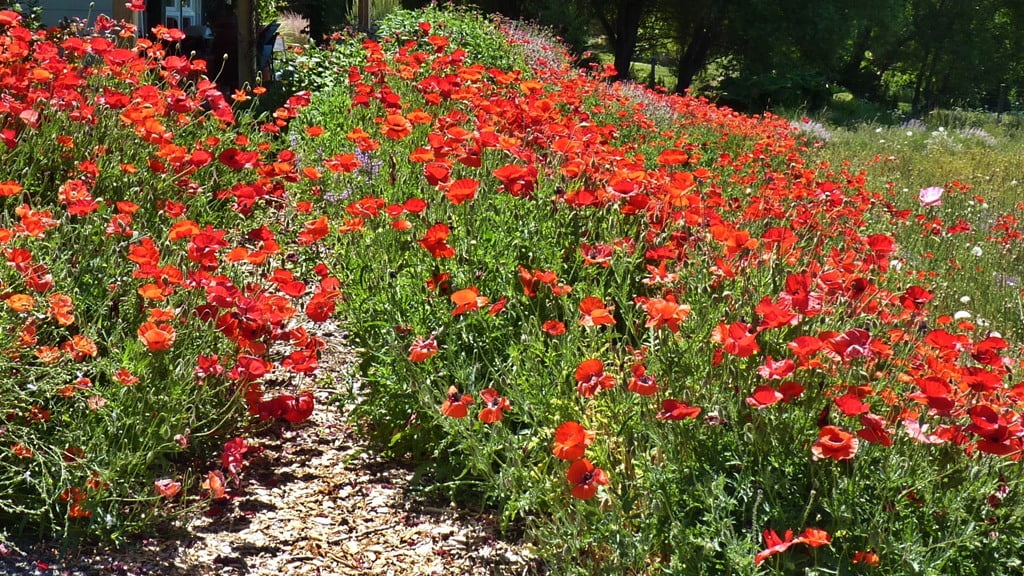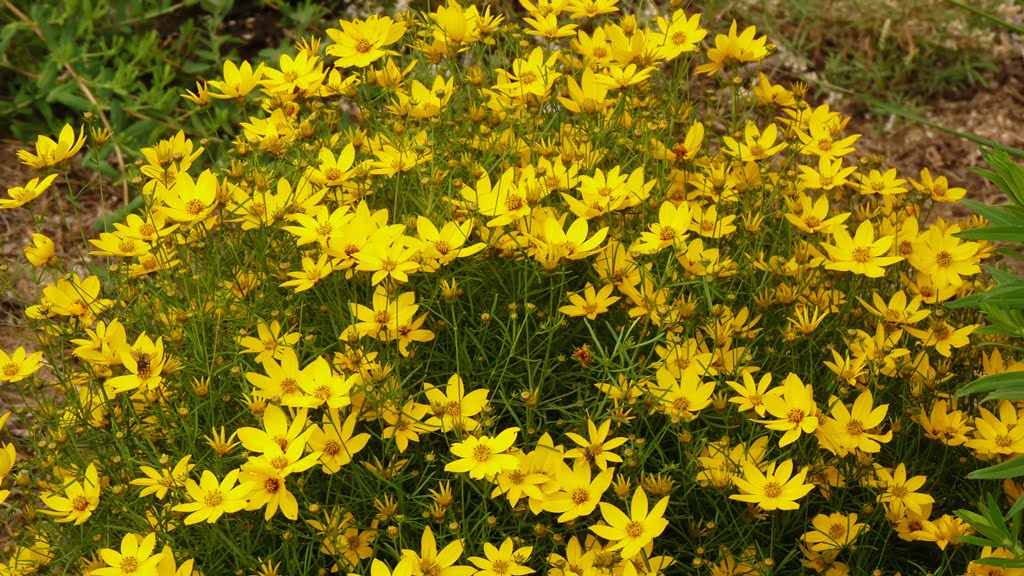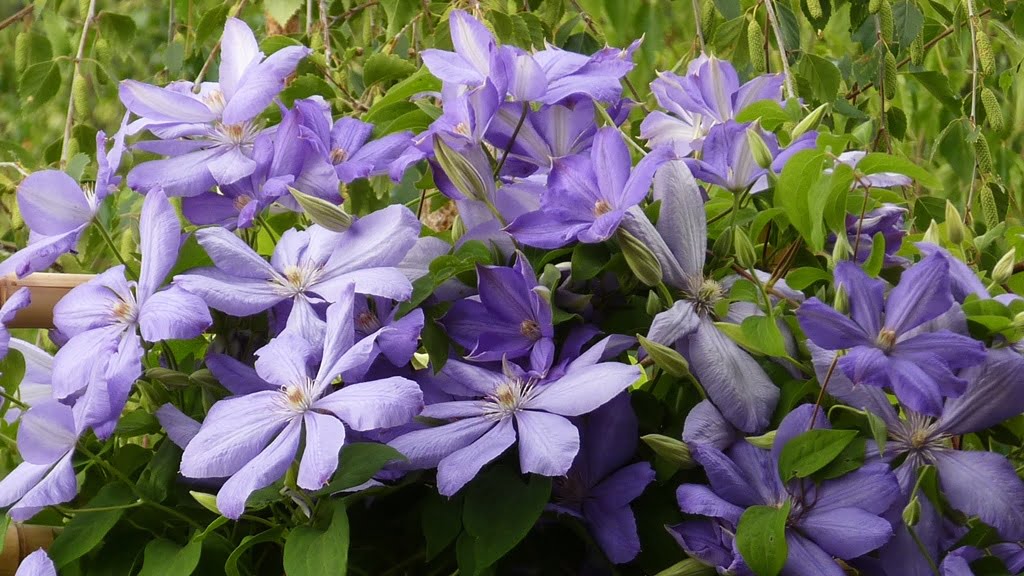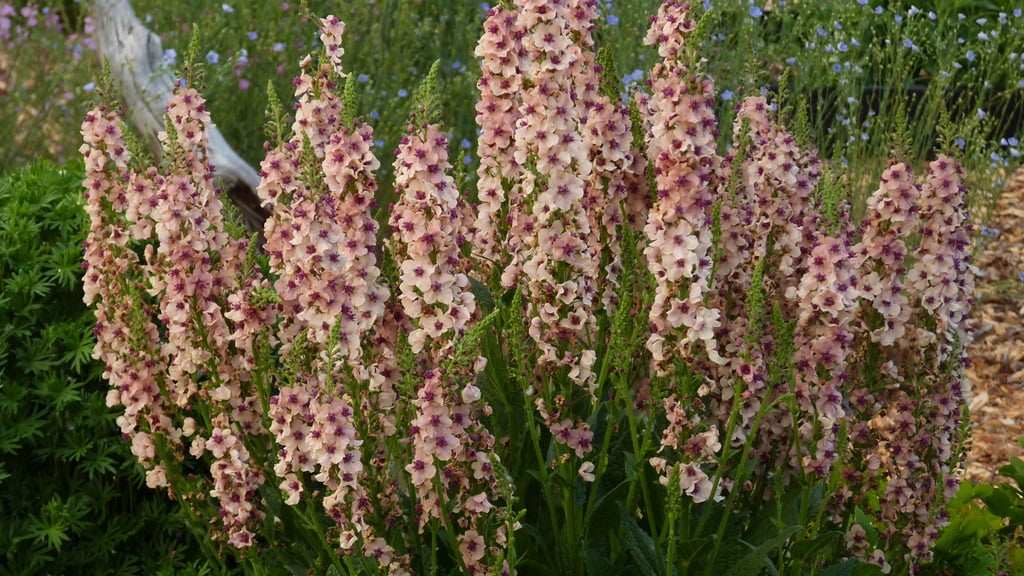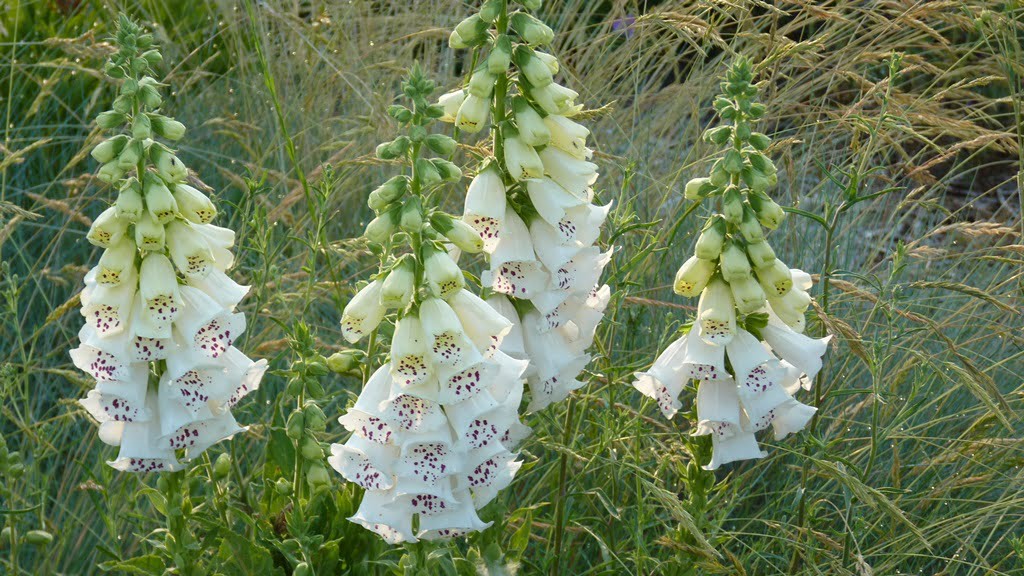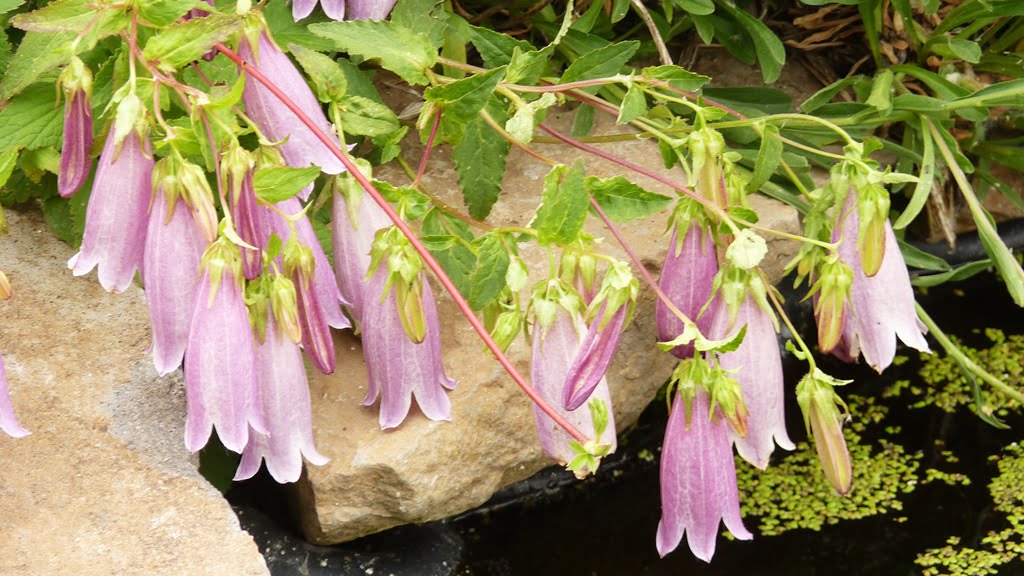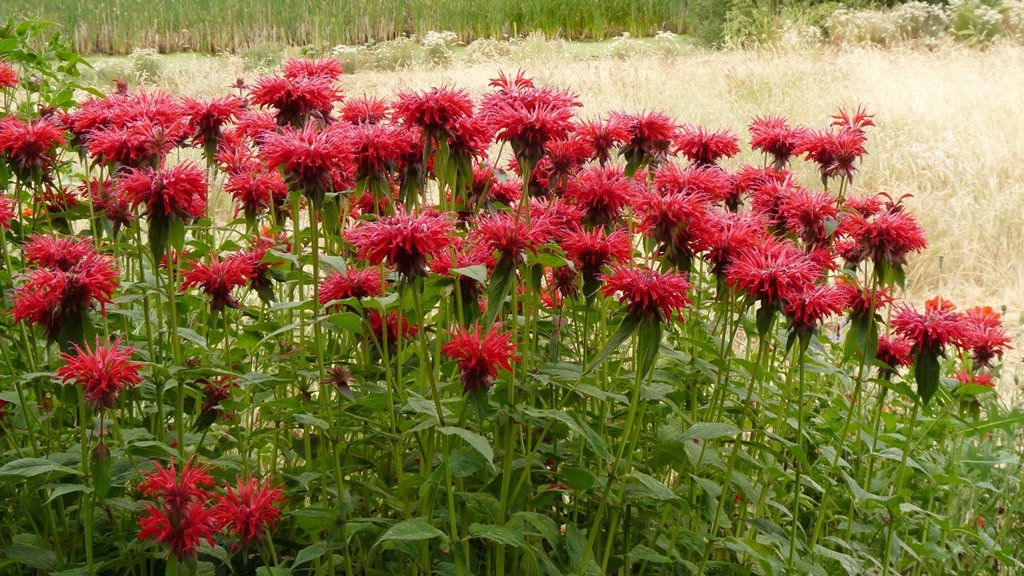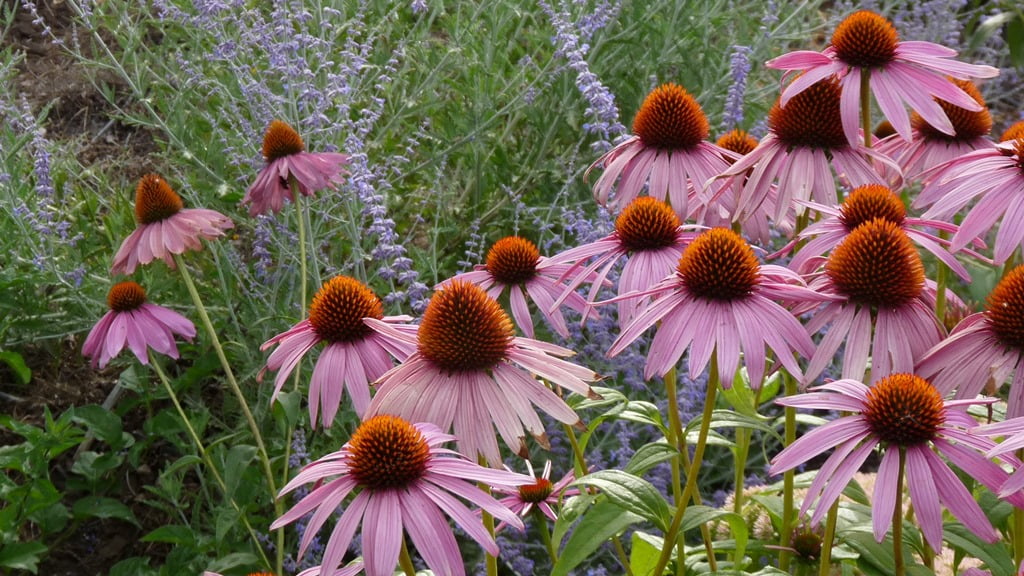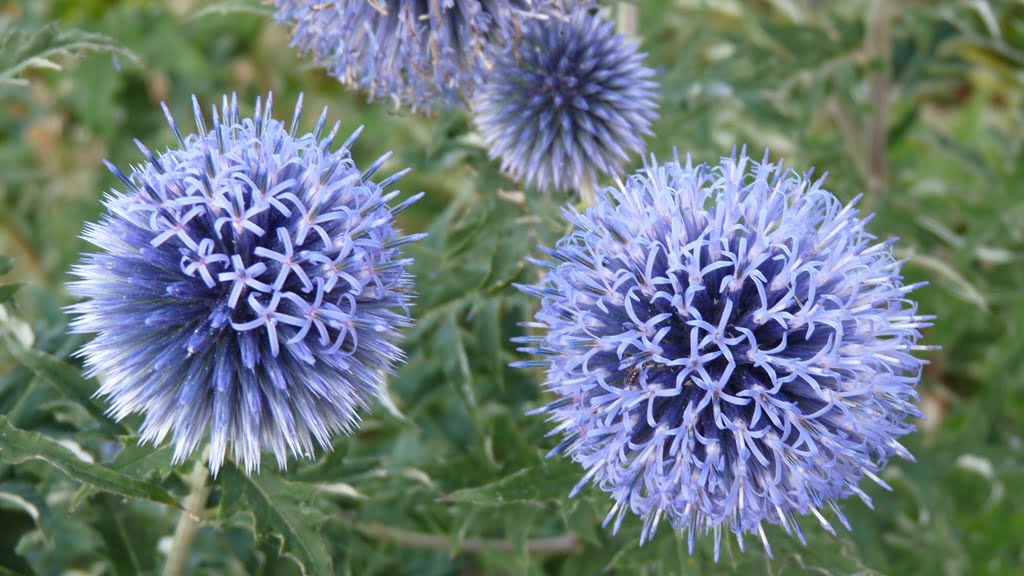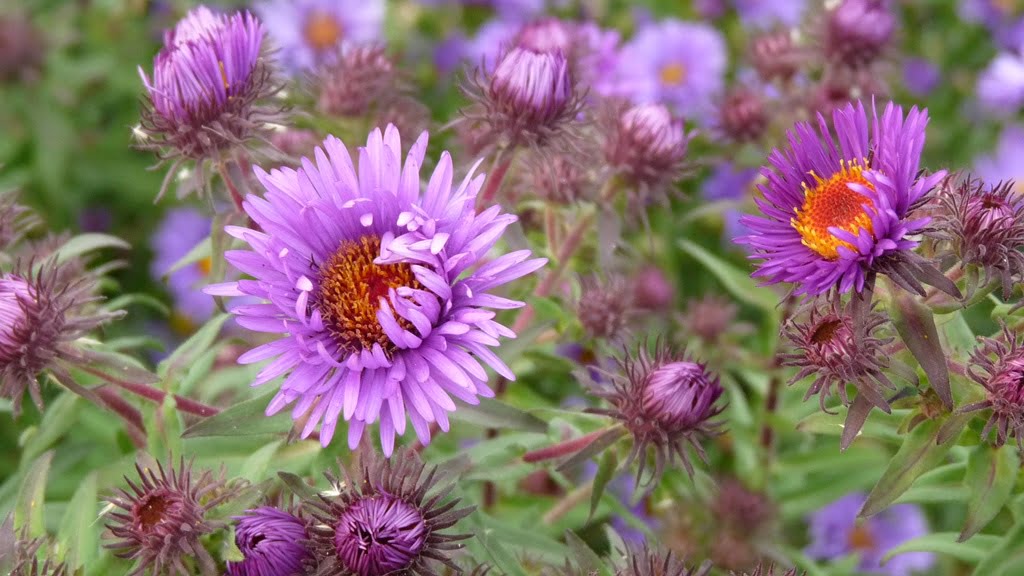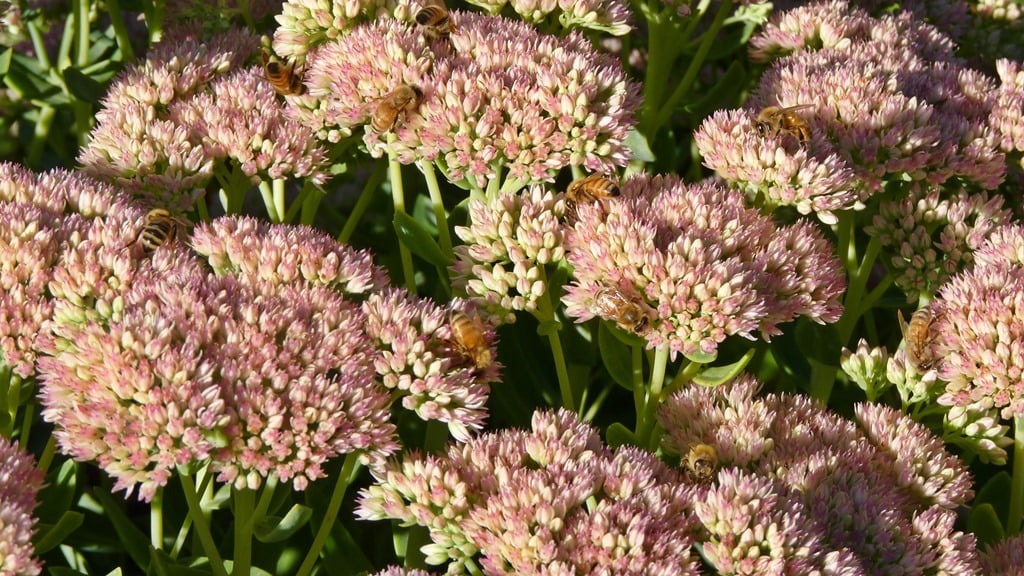The Garden…. The Garden Gallery….
Gardening in Chiloquin is not for the impatient.
The tomatoes may freeze in July (or August), the fruit (whatever kind) freeze before it ripens, and a favorite plant to succumb in winter, to -25 degrees with no snow cover to protect it. And that doesn’t even take into account the gophers, voles, moles, raccoons, rabbits, beavers, deer, skunk, birds and any other creature that takes a fancy to a snack. You may be unfortunate enough to have a yard full of pumice soil, or live in an extra cold spot, or an extra windy spot….. But, all of that aside, gardening can be wonderful here.
The library has a section on gardening locally, and here is a link to some gardening articles that have been published in the Chiloquin News.
Gardening in snow country
As you can see – about 6 weeks between the last hard freeze of spring and the first hard freeze of fall (that’s 27-28 degrees F). Not much time for those heat-loving veggies, but it can be done with a few tricks. One of the biggest problems we face as vegetable gardeners here is that even when it does warm up, the nights stay very cool – usually in the mid-40’s, sometimes dipping into the 30’s and sometimes up into the 50’s. Given that tomatoes do not set fruit if the night-time temperature is below 55 degrees, it’s a miracle that some gardeners here can grow them and get fruit!
A few photo galleries of what it is possible to grow around Chiloquin.
The garden is usually under snow for several months and when the first bulbs start to pop through they are like gems in a flat, brown wasteland. Then the magic happens. The nights warm up (sort of), the sun shines, and everything starts to grow. For a couple of months it’s a gardener’s paradise. The flat brown landscape turns into tall, lush greenery, but all too soon it is brown again and needing to be cut back for another winter. This is how it looks during those couple of months:
- The colors of spring are unmistakable in this garden.
- The late spring garden, a riotous mix of color.
- In the fall garden; asters, cone flowers, tall sedum, and black-eyed susans
- Black-eyed Susans – give them their own spot to fill and they will turn it into a golden wonderland each fall!
- Tall phlox, Karl Foerster feather reed grass and the tall Golden Glow Rudbeckia add color to this late fall garden
- The smoke from late summer wildfires provides a foggy backdrop for these Lemon Queen sunflowers and Golden Glow Rudbeckias.
- The freezes have come, and all that remains for this early winter garden is the last of the asters and the sun on the grass.
Native plants are quite beautiful and have the added bonus of not requiring much extra water. Here are some used in the garden:
- Blue flax flowers open in the mornings and into the afternoon too on cloudy days. They turn pastures into a shimmering lake of blue.
- Pearly Everlastings are the perennial alpine version of everlasting flowers. They like cool summers and plenty of water.
- Sidalcea, (checkermallow) is a lovely airy-looking native flower. Seen here with tall white yarrow.
- A beautiful wildflower garden of plants native to the Chiloquin area – lupine, Oregon sunshine, scarlet Gilia and fescue grasses
- Glorious native plants in a Chiloquin wildflower garden – blue Penstemmon, Oregon sunshine, Scarlet Gilia and grasses.
- Monarch butterfly larvae on a milkweed flower. These species milkweeds have lovely big gray fuzzy leaves and the flowers are bee magnets.
- Bright blue Penstemmon and bright red Scarlet Gilia flowers are both magnets for bumble bees and hummingbirds.
There are edible landscaping plants that do very well, with the added bonus of fruit!
- Alpine strawberries, delicious treats and wonderful ground cover too.
- Rhubarb grows to an enormous size, but not as tall as the raspberry plants. No shortage of rhubarb pies in Chiloquin.
- Blueberries are a little more challenging to grow in Chiloquin because of our alkaline soil, but it can be done.
- Scarlet runner bean flowers are a hummingbird favorite, and just have enough time to set some beans before they freeze.
- It’s hit and miss with blackberries in Chiloquin. Sometimes the fruit gets a chance to ripen before it freezes, sometimes not.
- Aronia plants have everything: lovely spring flowers, spectacular fall colors, fruit that makes a delicious syrup, and they grow well in Chiloquin.
- Seaberries: beautiful to look at, grow extremely well in chiloquin and the berries make superb drinks and syrup, but thorny to pick and like to run.
Since the weather is usually cold for much of what people usually consider to be ‘spring’, Chiloquin spring flowering plants emerge over a period of months instead of weeks. Spring flowering plants are still opening their blossoms right up and into July. Because of that they dominate our gardens:
- Crocus tommasinianus, an early flowering crocus, is not fazed by snow.
- Rijnveld’s Early Sensation daffodil is the earliest of the early. Daffodils are about the only bulb that the gophers will not touch in Chiloquin.
- Tiarella lives up to it’s name of foam flower. Just be sure to plant it in a shady, moist spot.
- Chionodoxa is a lovely spash of blue on a gray spring day, and the butterflies like it too.
- Sweet Woodruff is a carpet of white when it flowers, and is one of the best ground covers for a shady, moist spot.
- Grape Hyacinths and Tulips make a super combination, but beware – all tulips make a gopher smorgasbord.
- Sea Thrift forms a carpet of bright pink flowers in the spring; a great ground cover for a sunny place.
- Although it looks tender, Delosperma can survive the coldest winter Chiloquin has to offer and still be blanketed with flowers in spring.
- The tall spikes of Peachleaf bellflower add a lovely touch of pale blue to a cottage garden.
- Snowdrop Anemones add a bright spot to any shady corner and are followed by fluffy seed heads.
- Roses are notoriously difficult to grow in Chiloquin. Rosa gallica officinalis is one of the few that thrives here.
- Known as Cranesbill because of the shape of the seed pods, this pretty little plant forms a neat mound, covered in flowers.
- A low mounding plant that loves the sun, Sun Rose is a mass of brilliant color for much of the spring and summer.
- Looking much like an Aster, Erigeron (fleabane) flowers in spring with lavender flowers forming a low mound.
- Give them sun and plenty of water and Siberian Iris will form large clumps. All iris do well in Chiloquin.
- Tiny rubies might be tiny flowers but they thrive in Chiloquin, forming huge mats that are loved by bumble bees and butterflies.
- All lilacs grow well in Chiloquin but the earlier flowering varieties often lose their flower buds to late spring freezes.
- Chiloquin has the perfect climate for Peonies. Just give them some sun and water and they will reward you every year with glorious flowers.
- These single pink peonies glow in the late afternoon sun.
- Gold Flame honeysuckle vine grows well with a little protection from the severe winter weather – up close to a house is perfect.
- A spring garden in Chiloquin can be a paradise for all creatures, humans included.
Finally, the arrival of summer is almost the beginning of the end. But what a glorious end:
- Darlow’s Enigma rose grows amazingly well in Chiloquin, and scents the air with a lovely fragrance.
- A hummingbird moth sampling the bright magenta flowers of Rose Campion. Only an annual but reseeds readily.
- Red Shirley poppies, also known as Flanders poppies, make a spectacular display for weeks and draw in every honeybee for miles.
- The clumps of Coreopsis Moonbeam grow ever larger and are covered with flowers in late summer. The clumps are very easy to divide.
- The hardier varieties of Clematis do quite well in Chiloquin, given cool feet and sunny tops.
- Verbascum Southern Charm puts on this beautiful display every year – a far cry from it’s weedy relative, common Mullein.
- Given enough water, daylilies thrive in Chiloquin, including this lovely Stella de Oro.
- Given plenty of water and a little shade, foxgloves will reseed from year to year.
- Spotted bellflower is so happy about Chiloquin’s cool summer nights that it can be hard to keep it in check.
- Hummingbirds fight all day over these lovely red Monarda flowers, growing in a sunny, damp spot in the garden.
- Bumblebees love these purple cone flowers, that flower towards the end of summer.
- Lovely blue globes on very prickly plants, these flowers are visited by all sorts of insects.
- There is an astonishing array of Asters, all in shades of pink, blue, purple and sometimes white. All flower happily on through the first freezes.
- Autumn Joy, a tall sedum, is loved by honeybees, and after flowering will still add interest to the garden all winter.


